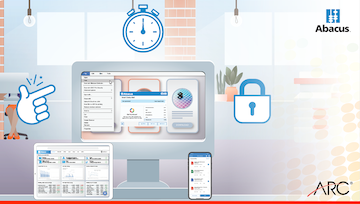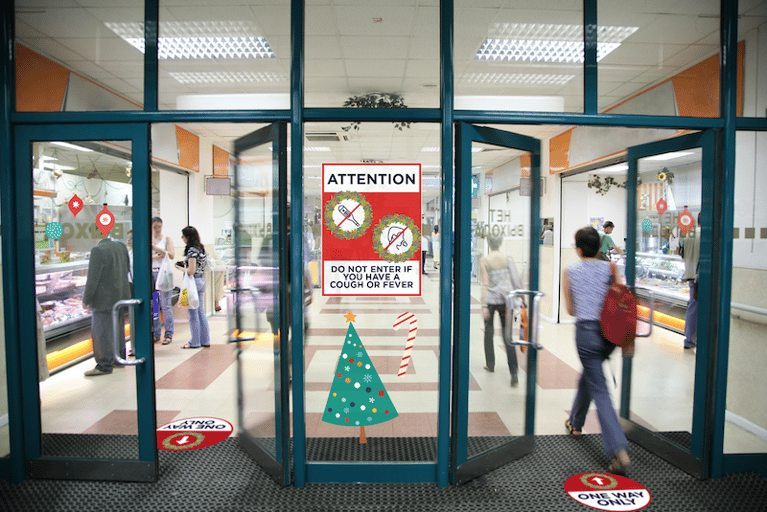As of late September 2020, the majority of states have left it up to individual school districts to determine whether their school buildings are safe to open.
So far, the result is a hodgepodge of mostly tentative, partial reopenings. But how are these schools ensuring safe restarts to in-person learning?
To help answer that question, Frank Loughan, Vice President of Sales Operations at ARC hosted a webinar featuring Dominic Petruzzelli, Director of Facilities at Chicago Public Schools, and Ashley Kolar, Director of Graphic Design at PBK Architecture & Planning.
You can watch the webinar in full here, or keep reading for a recap.
Questions to Ask and Things to Consider Before Starting
Having overseen the successful initial opening of Chicago Public Schools, Petruzzeli kicked off the webinar by explaining how he and his team approached reopening. They had to come up with a plan to safely reopen a public school district of more than 650 schools with over 850 buildings.
Petruzzeli and his team started with a list of questions covering funding, signage and PPE procurement, warehousing, distribution, installation, signage placement and messaging, and material selection. These question included, but weren’t limited to:
- What materials do we need?
- Who can produce and deliver what we need fast enough?
- Where does the funding come from?
- Where do we need to establish social distancing?
- What should the graphics say?
- How do we install and rollout these many, related signage pieces?
Kolar capped the initial segment by focusing on things to consider when designing signage for schools. Kolar reminded listeners to consider their audience, their school, and their space when designing and placing signage. She explained that you need to design differently, for example, when you’re designing for 5th graders versus 11th graders.
Adaptability as a Rule
Kolar cautioned that designing signage for schools during reopening should be approached iteratively. In other words, getting schools ready for safe reopening is a brand new challenge; it’s important to continue improving as you go to see how your signage works.
To that end, when Petruzelli pointed out the lack of durability, but affordability, of paper signage, Kolar responded by explaining how paper signage is often a useful interim measure. She cited her clients’ competing desires to adapt their spaces fast while also building more durable, permanent signage.
Paper signage, Kolar said, enables you to cost-effectively get something up on the wall to help guide building occupants. In the meantime, you can work to incorporate higher quality signage to take the paper signage’s place.
Working Back to an Installation Plan
As the webinar wrapped up and the panelists answered audience questions, Petruzelli took a moment to share his team’s approach to the massive task of providing signage for his entire school district.
His team started in late March, involving various stakeholders, such as marketing and administration, in conversations about signage. They developed sign designs that would be suitable for students of various ages.
Once those signs were designed, they developed an installation plan. That plan had to accommodate the various square footage and layouts of their different schools. So they developed three standards—a standard high school, elementary school, and network office.
They then developed those standards a step further to account for different square footage. They accomplished this by dividing each standard into a square footage plan. Once that was done, they knew what signage materials, quantity, and messaging they needed. Because they knew that, they could work backward from that install plan to determine their funding needs.
Navigating Tricky Signage Scenarios
To cap off the webinar, Kolar and Petruzzeli took turns answering audience questions about various signage scenarios. They covered signage design and material selection best practices for outdoor spaces, high-traffic areas, bathrooms, and classrooms. ‘
Among other things, they explained the importance of keeping signage simple outdoors, focusing on social distancing and mask-wearing. They also touched on the importance of establishing a focal point for signage in visually “noisy” areas like classrooms.
To wrap things up, ARC’s Frank Loughan detailed ARC’s extensive offering of safety signage and health and wellness graphics designed to help prevent the spread of COVID.
To watch the webinar in full, click here.





